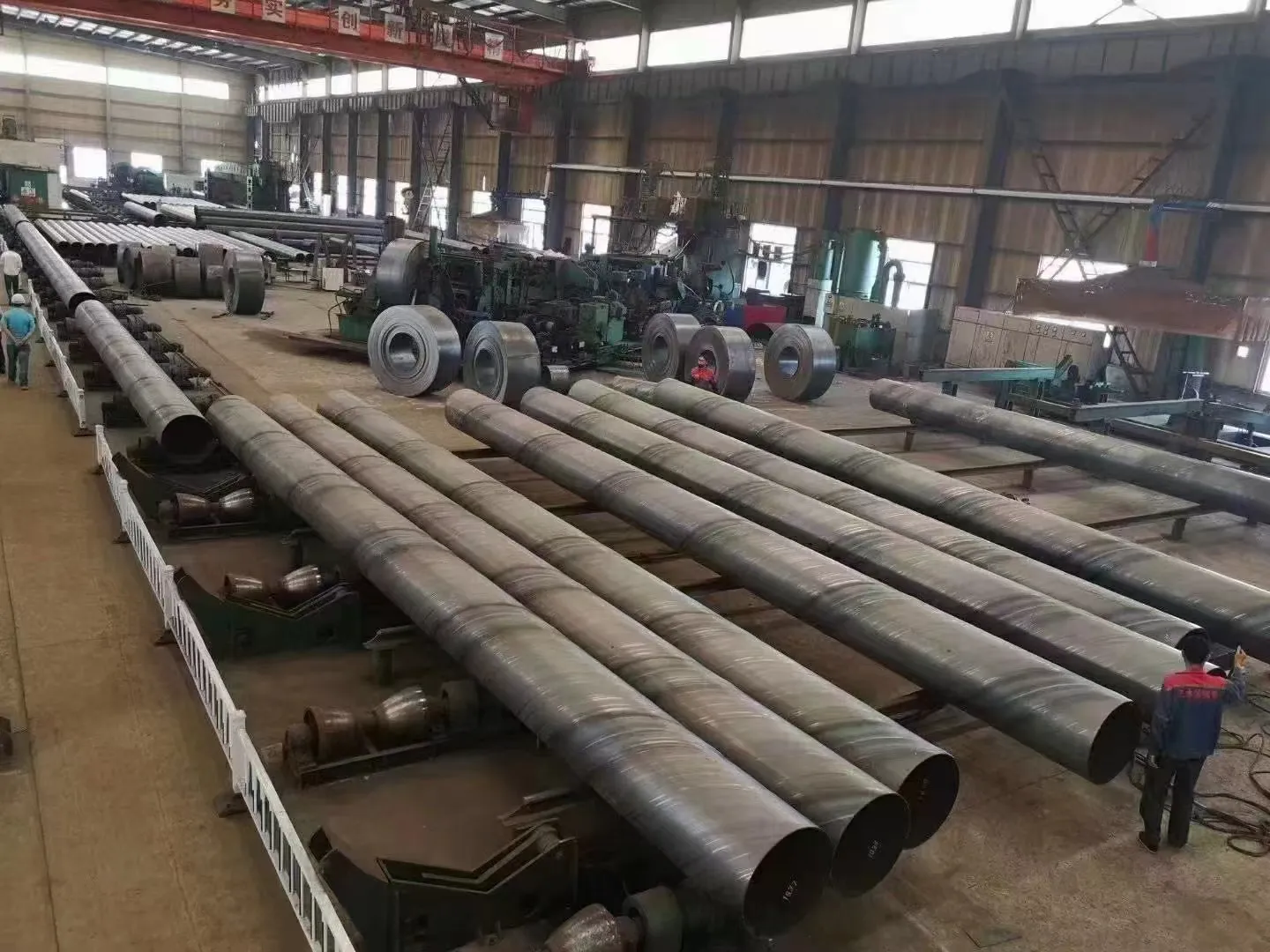-
Cangzhou Yulong Steel Co., Ltd.
-
Phone:
+86 13303177267 -
Email:
admin@ylsteelfittings.com
- English
- Arabic
- Italian
- Spanish
- Portuguese
- German
- kazakh
- Persian
- Greek
- French
- Russian
- Polish
- Thai
- Indonesian
- Vietnamese
- Zulu
- Korean
- Uzbek
- Hindi
- Serbian
- Malay
- Ukrainian
- Gujarati
- Haitian Creole
- hausa
- hawaiian
- Hebrew
- Miao
- Hungarian
- Icelandic
- igbo
- irish
- Japanese
- Javanese
- Kannada
- Khmer
- Rwandese
- Afrikaans
- Albanian
- Amharic
- Armenian
- Azerbaijani
- Basque
- Belarusian
- Bengali
- Bosnian
- Bulgarian
- Catalan
- Cebuano
- China
- China (Taiwan)
- Corsican
- Croatian
- Czech
- Danish
- Esperanto
- Estonian
- Finnish
- Frisian
- Galician
- Georgian
- Kurdish
- Kyrgyz
- Lao
- Latin
- Latvian
- Lithuanian
- Luxembourgish
- Macedonian
- Malgashi
- Malayalam
- Maltese
- Maori
- Marathi
- Mongolian
- Myanmar
- Nepali
- Norwegian
- Norwegian
- Occitan
- Pashto
- Dutch
- Punjabi
- Romanian
- Samoan
- Scottish Gaelic
- Sesotho
- Shona
- Sindhi
- Sinhala
- Slovak
- Slovenian
- Somali
- Sundanese
- Swahili
- Swedish
- Tagalog
- Tajik
- Tamil
- Tatar
- Telugu
- Turkish
- Turkmen
- Urdu
- Uighur
- Welsh
- Bantu
- Yiddish
- Yoruba

Dec . 20, 2024 01:04 Back to list
22mm 45 degree elbow
Understanding the 22mm 45 Degree Elbow A Key Component in Pipe Fitting
In the realm of plumbing, HVAC, and various industrial applications, the importance of reliable and efficient piping systems cannot be overstated. One critical component that plays a significant role in these systems is the elbow fitting. Among the various types of elbows, the 22mm 45 degree elbow is particularly noteworthy. This article explores its design, applications, advantages, and considerations, providing a comprehensive understanding of this essential pipe fitting.
What is a 22mm 45 Degree Elbow?
A 22mm 45 degree elbow is a type of pipe fitting with an angle of 45 degrees between its inlet and outlet. Designed to connect two sections of pipe—each with a diameter of 22mm—this fitting allows for a smooth change in direction. The 45-degree angle is especially valuable in systems where a gentle bend is required, reducing the stress on the piping system and minimizing the risk of turbulence and pressure loss compared to sharper bends.
Design and Construction
Typically made from durable materials such as PVC, copper, stainless steel, or galvanized steel, the 22mm 45 degree elbow is designed to ensure longevity and resistance to corrosion. The choice of material often depends on the specific application, with varying demands for flexibility, durability, and resistance to different environmental conditions.
The internal surface of the elbow is typically smooth, facilitating a better flow of liquids and gases and decreasing the chances of clogging. The outer structure is engineered for strength, accommodating the pressures and forces exerted by the fluid passing through.
Applications
The 22mm 45 degree elbow is widely used across various sectors
. In plumbing installations, it helps redirect water flow in residential and commercial buildings, ensuring efficient water distribution. In HVAC systems, this fitting is crucial for air duct installations, allowing for smooth transitions that optimize airflow and maintain temperature control.22mm 45 degree elbow

Moreover, in industrial settings, the 22mm 45 degree elbow is commonly found in processes involving chemical transport, oil and gas, and other fluid transfer systems. Its ability to facilitate a change in direction without compromising the integrity of the flow makes it an indispensable component.
Advantages
One of the primary advantages of the 22mm 45 degree elbow is its ability to minimize pressure loss. Compared to 90-degree elbows, which can create sharper turns, the 45-degree version allows for a more gradual shift in direction, resulting in more efficient fluid flow. This efficiency translates into lower energy costs and better overall system performance.
Furthermore, the reduction in turbulence is significant. Turbulence can lead to increased wear on pipes and fittings, reducing their lifespan and increasing maintenance costs. By choosing a 22mm 45 degree elbow, engineers and contractors can enhance the longevity of their piping systems.
Considerations
When selecting a 22mm 45 degree elbow, a few critical considerations should be taken into account. Firstly, the compatibility of materials is vital. For example, mixing metals like copper and aluminum can lead to galvanic corrosion, which can significantly weaken the system over time. Additionally, it's important to consider the specific application requirements, including temperature and pressure ratings.
Installation practices also matter; proper fitting and sealing are essential to prevent leaks, which can result in costly damages and inefficiencies.
Conclusion
The 22mm 45 degree elbow may be a small component of a larger piping system, but its impact is substantial. With its ability to provide seamless directional changes, reduce pressure loss, and prolong the lifespan of piping systems, it stands out as a fundamental piece in plumbing and industrial applications. Understanding its design, applications, and advantages ensures that professionals can make informed choices, leading to efficient and reliable systems that meet the demands of modern infrastructure. As technology advances, the materials and manufacturing processes for these fittings continue to evolve, promising even greater efficiency and reliability in the future.
Latest news
-
ANSI 150P SS304 SO FLANGE
NewsFeb.14,2025
-
ASTM A333GR6 STEEL PIPE
NewsJan.20,2025
-
ANSI B16.5 WELDING NECK FLANGE
NewsJan.15,2026
-
ANSI B16.5 SLIP-ON FLANGE
NewsApr.19,2024
-
SABS 1123 FLANGE
NewsJan.15,2025
-
DIN86044 PLATE FLANGE
NewsApr.19,2024
-
DIN2527 BLIND FLANGE
NewsApr.12,2024
-
JIS B2311 Butt-Welding Fittings LR/SR 45°/90° /180°Seamless/Weld
NewsApr.23,2024











